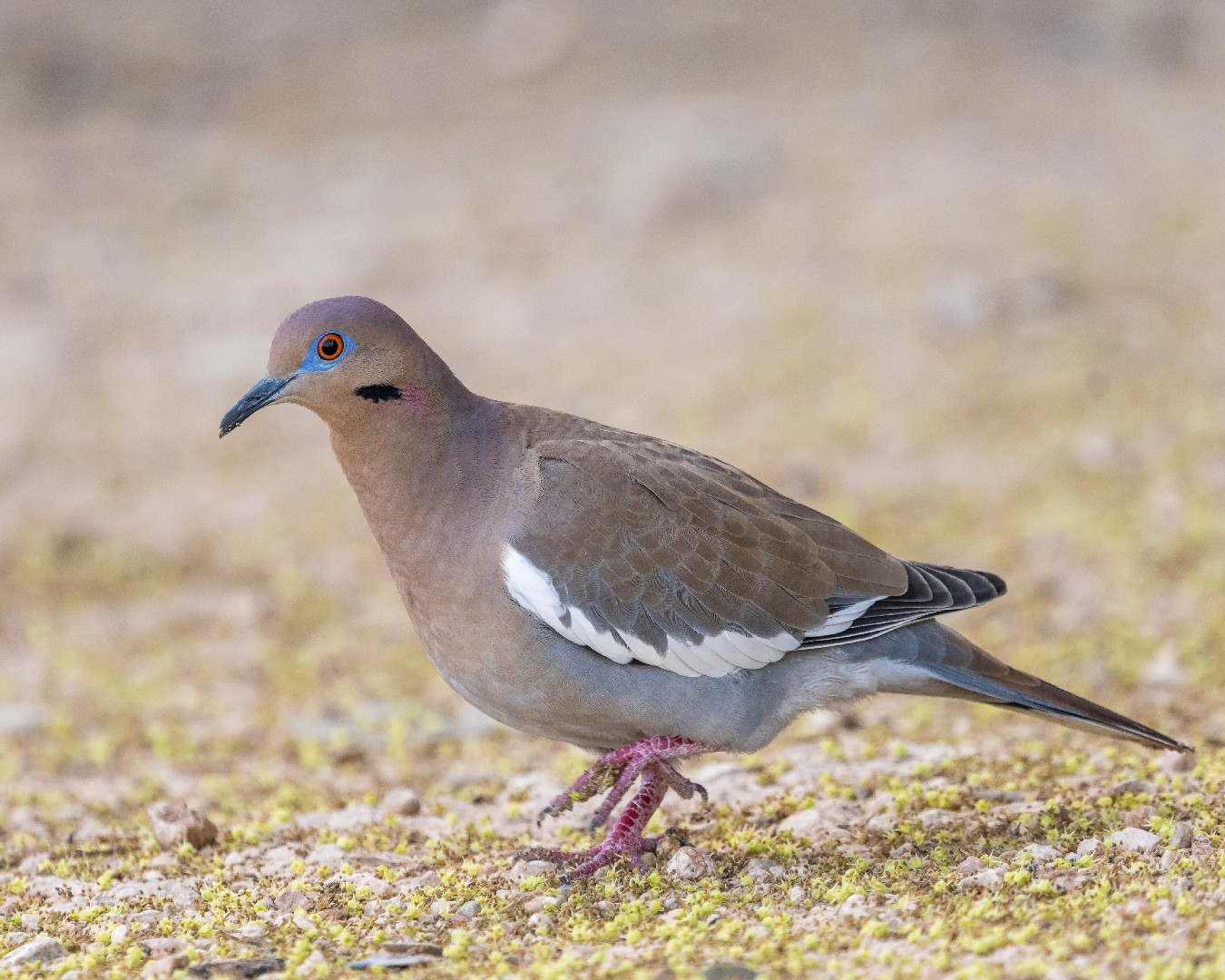 Where does white-winged Dove live?
Where does white-winged Dove live?
Where does white-winged Dove live?
Some populations of white-winged doves are migratory, wintering in Mexico, Central America, and the Caribbean. They are year-round inhabitants in Texas. San Antonio, Texas, had a year-round population of over a million doves in 2001. The white-winged dove inhabits scrub, woodlands, desert, urban, and cultivated areas. They are found increasingly far north, now being visitors to most of the United States, and small parts of southern Canada. In recent years with increasing urbanization and backyard feeding, it has expanded throughout Texas, into Oklahoma, Louisiana and coastal Mississippi. It has also been introduced to Florida. The white-winged dove is expanding outside its historic range into Kansas, Arkansas, Oklahoma, and northern New Mexico. It has been increasingly reported as far north as Canada and Alaska. Within Arizona, populations are effectively divided between agricultural and desert groups. It shares its habitat with that of the mourning dove, but the white winged dove will fly higher. They generally nest at low densities in the desert, but are found in high concentrations near riparian areas. Nesting in riparian zones is referred to as colonial, as opposed to non-colonial behavior in more harsh environments. Such colonies are quite variable, but may be very large. Colony size varies from 5 hectares (0.019 sq mi) to well over a 1,000 hectares (3.9 sq mi). Outside of colonies, nests have a density of less than 10 per hectare, but within colonies there are 500-1,000 nests per hectare. Before the advent of widespread agriculture, they may not have been widely present in what is now the United States – evidenced by a lack of fossil remains and absence from the journals of early European explorers. Their presence in California is likely recent, as a result of the manmade filling of the Salton Sea at the turn of the 20th century. The historical range of the dove closely mirrors that of the saguaro cactus, which it relies on heavily for nectar and fruit where it is found. Modern agriculture has greatly expanded their range by providing a reliable source of forage. The urban heat island effect may also enable them to live further north than they otherwise could. White-winged doves typically migrate into Arizona beginning in March. In California, birds arrive in April and depart by August. Texas migrations run from April through June, peaking in May, and departures run September to October. Migratory groups may include as many as 4,000 individuals, though typically less than 50. A combination of weather, food availability, and hunting pressure can affect the timing of migration. As populations expand in Texas they are becoming less migratory; about 1/3 of birds now overwinter in Texas. Migrations are tracked via traditional banding methods, but the isotope composition of hydrogen and carbon in the feathers can also be used. A 2015 study showed that by tracking the amount of various isotopes, researchers could accurately identify a white-winged doves migration origin. They could also identify if it had been eating from saguaros because of the unique carbon signature that cactus photosynthesis produces.
People often ask
Related Searches
Scientific Classification
Phylum
Chordates Class
Birds Order
Pigeons and doves Family
Dove Genus
Zenaida Doves Species
White-winged Dove 